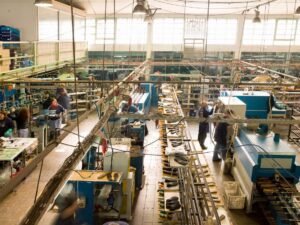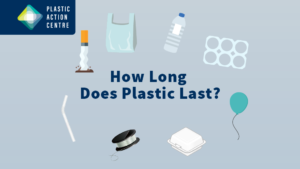- Policy
- Single-use Plastic
- National
- International
Alberta industry says plastics are not the problem, waste is
Petrochemical companies in Alberta said they see opportunity in plastic waste, even as Environment Canada released a report backing the federal government’s plan to ban most single-use plastics next year.
Plastic packaging is the biggest contributor of plastic waste in Canada, according to a draft version of the report. In 2016 alone, it’s estimated 29,000 tonnes of plastic pollution ended up in the environment.
If current trends continue, roughly 12 billion metric tons of plastic waste will be in landfills or the natural environment by 2050. Twelve billion metric tons is about 35,000 times as heavy as the Empire State Building.
Tyler Edgington, president of Dow Canada, said plastics aren’t the problem – plastic waste is.
“I’d say it’s great for the environment, but you still need to recycle it,” he said. “We don’t like the term plastic waste because we think plastic has end of life value.”
Plastic can extend the shelf life of food and decrease waste, Edgington said, and switching from plastic to other materials, like paper or glass, can actually increase carbon footprints and greenhouse gases.
Eastern Research Group, an independent research company, led one study for the Canadian Plastics Industry Association that compared a mix of different plastic packaging with substitutes such as paper. It found producing plastic requires fewer resources than other possible substitutes, and at the end of its life, paper in a landfill may emit greenhouse gases as it breaks down.
But if people reuse paper bags and don’t reuse plastic, plastic’s advantage does shrink.
Plastics are big business in Canada. A 2019 study of the industry said annual sales of plastics are worth an estimated $35 billion, and plastic exports account for 40 per cent of the country’s domestic output per year.
But because Canada’s plastic economy is mostly linear, with 87 per cent of plastics ending up in landfills or the environment, the report notes of a massive missed opportunity for Canada’s economy — by 2030, the value of unrecovered plastics could rise to $11.1 billion.
Bob Masterson, president and CEO of the Chemistry Industry Association of Canada, spoke to more than 1,100 attendees at the Alberta Industrial Heartland Association’s stakeholder meeting on Jan. 30 about what industry needs to do to make that shift from a linear to circular economy.
“The industry is exceptionally worried about plastic waste and what it means for the current business model,” Masterson said. “Let’s be honest with ourselves, the days of making plastic out of scarce natural resources, using them once and very, very briefly at that, and then disposing them into a landfill or into the environment – those days are coming to an end, quickly.”
Read the full and original article at StAlbertToday.ca



